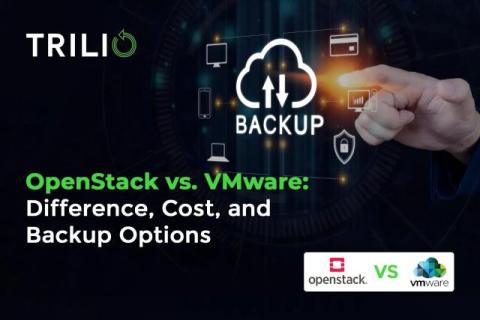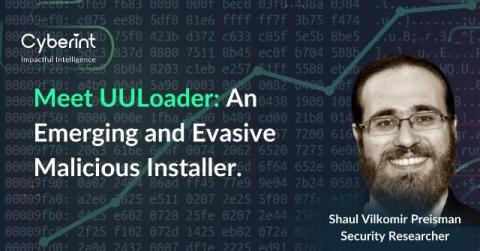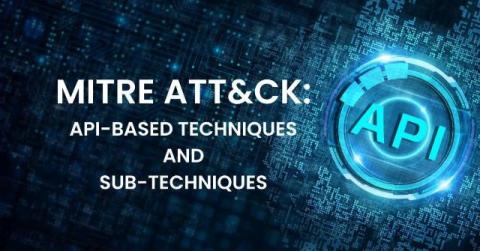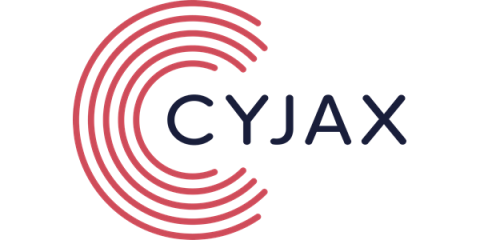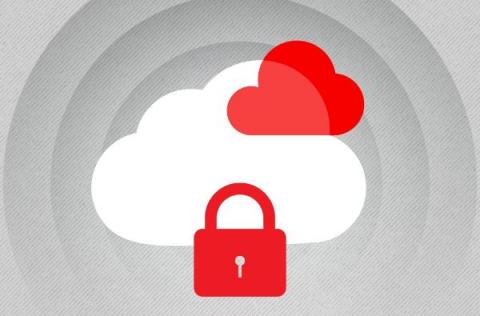OpenStack vs. VMware: Differences, Costs, and Backup Options
When it comes to managing your cloud infrastructure, picking the right platform can make a big difference in how smooth, scalable, and cost-effective your operations are. Two of the top contenders in this space are OpenStack and VMware. Both offer powerful tools for handling virtualized environments, but they suit different needs and preferences. Knowing the key differences between them is essential to help you make the best choice for your organization’s goals and technical needs.


